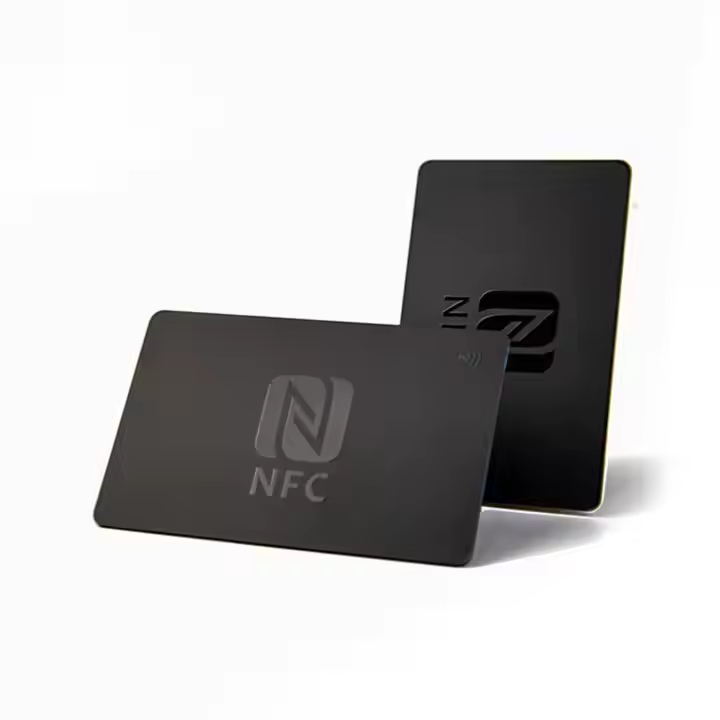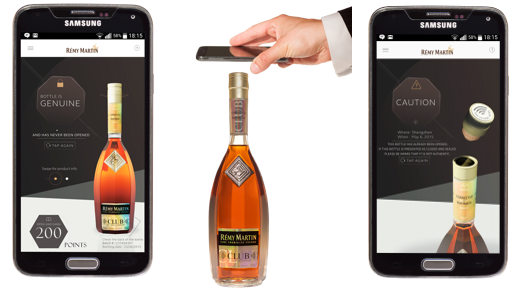NFC tags are compact, resilient devices that operate at a frequency of 13.56MHz. As an experienced factory, we have taken into account the different needs of different scenarios when designing them, taking into account waterproof, moisture-proof and anti-corrosion properties, etc. They are non-toxic, environmentally friendly, harmless to the human body, and perfectly suitable for all kinds of people. In addition, these small tags can easily withstand – 20°C to + 55°C without affecting their functional use, and are very durable. With a service life exceeding 10 years and the ability to be read over 10,000 times, they function passively, eliminating the need for an external power source. This makes them convenient to carry, compact, and highly practical.
When an NFC – enabled device, like a smartphone, gets within close proximity (usually 0 – 10cm) of an NFC tag, a connection is established. This enables “peer – to – peer” communication. The tag’s embedded chip stores data, which can be swiftly transmitted to the NFC – enabled device upon contact. In a contactless payment situation, for example, tapping your phone on an NFC – equipped payment terminal transfers the payment details stored on the tag.
NFC tags offer enhanced security for businesses. By programming tags to store identity documents and relevant data, identity verification becomes a quick and straightforward process. This aligns with the trend of NFC evolving from basic tap – to – pay to more advanced tap – to – identify functions. Companies can implement NFC – based door locks and distribute tags to authorized personnel, effectively preventing unauthorized access. Homeowners can also adopt this technology to safeguard their properties.
NFC transactions are a breeze. All it takes is a simple tap of your NFC – enabled smartphone on another compatible device. This not only accelerates transactions but also minimizes the potential for human error. In the realm of payments, NFC – enabled cards or smartphones with services like Apple Pay and Google Pay allow for seamless payments. Even consumers without traditional payment cards can participate in contactless transactions in stores equipped with NFC stickers.
Getting started with NFC technology is hassle – free, regardless of whether you’re an Android or iPhone user. Android users can activate NFC through Settings -> Share & Connect -> NFC, while iPhone users can find the NFC setting in Communication settings. Moreover, individuals can program their own NFC stickers or utilize custom smart tags for specific tasks. All you need is a set of rewritable stickers, an NFC reader, and a programming app.
The applications of NFC tags are virtually endless. Businesses and individuals can program them for a diverse range of purposes. For example, you can use them to set timers and enable certain unattended functions. Some tech enthusiasts can even use NFC tags to automate their homes, such as automatically turning on lights and adjusting thermostats before you arrive home. These little guys are full of unlimited potential, and your creativity is the only limit to the scope of NFC tag use.
Because passive NFC technology does not require charging, it relies on the signal generated between the built-in antenna and the sensor to transfer data, and only close proximity is required to complete the transaction, which is very energy-efficient, making it an ideal choice for those who want to reduce the energy consumption of their devices.
Some hackers may use special modified NFC readers to steal ATM cards, or create fake ads with NFC stickers to spread viruses, but there are other methods besides RFID technology. As long as you remain vigilant, individuals and businesses can avoid being scammed or attacked, and the security of new chips has been further strengthened, making the risk much lower.
As the name implies, NFC tags have a restricted range. The tag and the NFC – enabled device must be within 10 cm (a few inches) of each other to establish a connection. In scenarios where a longer range is needed, other technologies such as Bluetooth or WiFi are more suitable.
Despite their drawbacks,
NFC tags hold great promise.
Building engaging experiences doesn’t require extensive technical knowledge. There are platforms available that offer creative tools to build dynamic, user – friendly experiences without the need for developers. This allows you to transform your physical products into interactive digital platforms, adding long – term value.
This blog only introduces a small part of the magical NFC Tags, and there are many convenient and practical functions waiting for us to explore. Although there are some limitations, if used in the right way, they can definitely greatly optimize your life or business with a small investment. Contact us now to learn how NFC tags can help you take it a step further!





